Words and photographs copyright Scott Bourne
Olympic National Park is vast. It covers 3,600 square miles. It’s so vast that it’s like four parks in one. There are areas where the park laps up against the Pacific Ocean, there are temperate rain forests, it has alpine areas (the Olympic Mountain range), and dry forest land on the east side of the park.
Because it’s so vast, there are large areas of the park that are only accessible on foot or by boat. All the areas that are accessible to cars can be reached via State Highway 101, which takes you around the entire park; but beware, it’s not like most national parks where you can go out the same way you came in; it’s about an 11 hour drive to circle the entire area.
With majestic mountains, million-year-old glaciers, countless waterfalls, old-growth forest, and more, it’s very hard to see the entire park in less than a week. The 3,000-square-mile area is home to wheat and legume farmers and a host of other agriculture-related businesses.
Hurricane Ridge
Without a doubt, one of my favorite places in the park is Hurricane Ridge. It’s just 17 miles south of Port Angeles on Hurricane Ridge Road, off Mount Angeles Road. During the winter, the road is sometimes closed, so call ahead to make sure you can get up to the ridge. The number is 360-565-3131.
One reason I like it so much is that it’s one of the most accessible places you can get to. If the weather is decent and you have fog, mist, or clouds that don’t totally obscure the mountains, it’s a spectacular view of the Olympic Mountain range. It’s also often populated with deer and elk that are ridiculously tame, so even a 200mm lens will get you great shots of the wildlife here. There are plenty of places from which to shoot. Anywhere on the visitor’s center deck or in the parking lot will give you a great shot. You can also hike some of the trails to even more unusual vistas if you’re the mountaineering type.
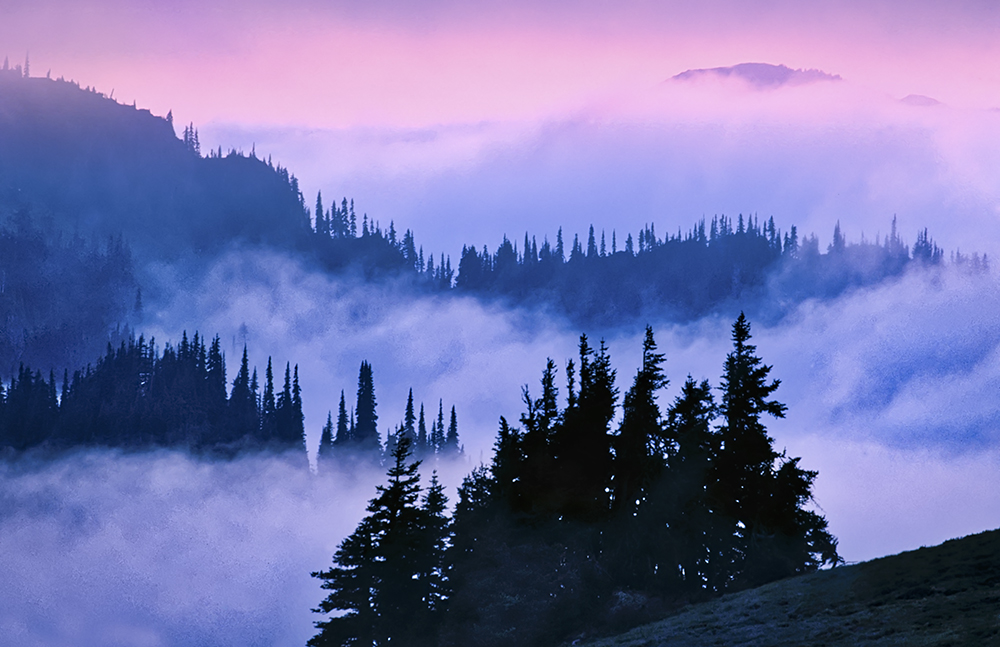
I will share one lesser-known place to shoot on Hurricane Ridge. In summer, take the one-lane dirt road (with turnouts) from the east end of the parking area to Obstruction Point. The Park Service tries to keep this road on the down low to control usage but the views from here are simply breathtaking.
Sol Duc Falls
My next favorite spot is Sol Duc Falls. It’s located at the end of Sol Duc Road after a 0.8-mile hike. The hike is pretty easy because even I can do it. If you want the exact location it’s Latitude 47.9514—Longitude 123.8191.
The easiest shots here are viewable up close on a bridge crossing the Sol Duc River. It runs year round but during the rainy season it’s extra heavy with water.
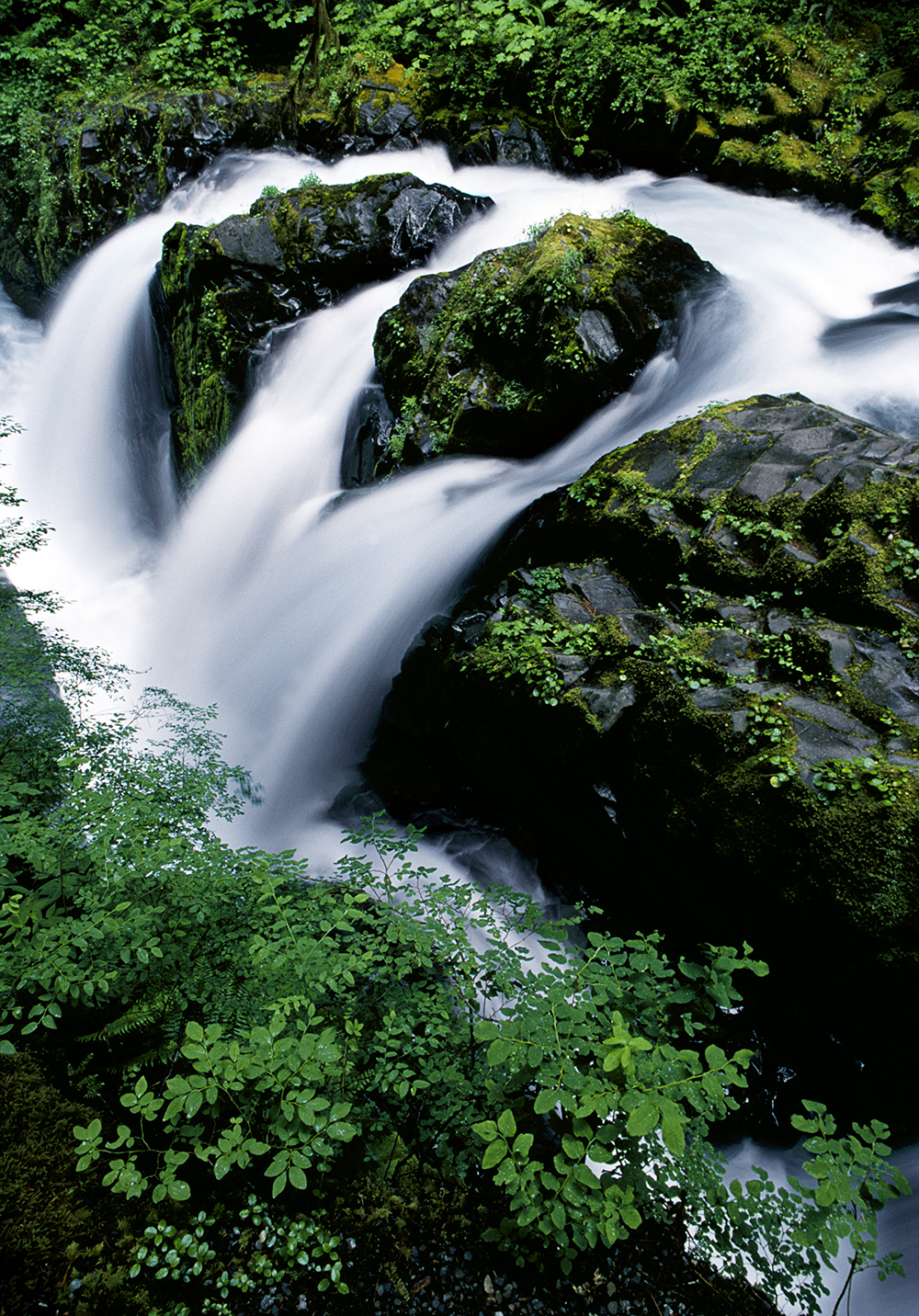
Conclusion
Olympic National Park offers three distinct eco-systems and if you aren’t careful, you might think you’re visiting three different planets when you come to the park. But that’s the allure for me. You never get the same thing twice at ONP. The weather alone combined with a widely spread-out array of photogenic spots keeps me coming back year-after-year.
Where to Go:
Hurricane Ridge
Sol Duc Falls
When to Go:
July through September offer the best access and great views of everything from the rain forest to the waterfalls to fantastic sunsets on the ocean beaches and at the interior lakes. In December and January there’s very little access due to weather and snow-related issues, but the park is equally beautiful in its own way during the winter.
Where to Stay:
There are lots of hotels in Port Townsend, which is a good starting point for the eastern part of the park, likewise in Forks which is good for the west side. As always, my preference is to stay inside the park, and if you can get in, the Lake Crescent Lodge is my number-one pick. I also very much like Kalaloch Lodge. Both of these lodges offer water views, although totally different views to be sure. Crescent Lake Lodge is on the lake and Kalaloch is near the ocean. Note these are older hotels and may not be up to snuff for those of you seeking the lap of luxury, but they offer great access for photographers so that always wins in my book.
Stuff to Bring:
As usual, I recommend a good tripod and ballhead, along with a variety of wide and telephoto lenses. If you aren’t gunning for the wildlife here, a 70–200mm or a 300mm would be plenty long enough for scenic, and super wide-angle lenses shine here. I would also bring a macro lens since you can do some awesome flora photography here, as well as special shots of the sea life inhabiting the ocean side of the park during low tide.
It’s often wet in the park, or at least foggy and misty, so either bring weather-resistant gear or buy rain gear to protect your camera. You should bring a heavy coat if you plan to go up on Hurricane Ridge because even in June it can be snowing there. You’ll also want a good raincoat and sturdy boots because this park requires some hiking to get to most of the good places.
More Information:
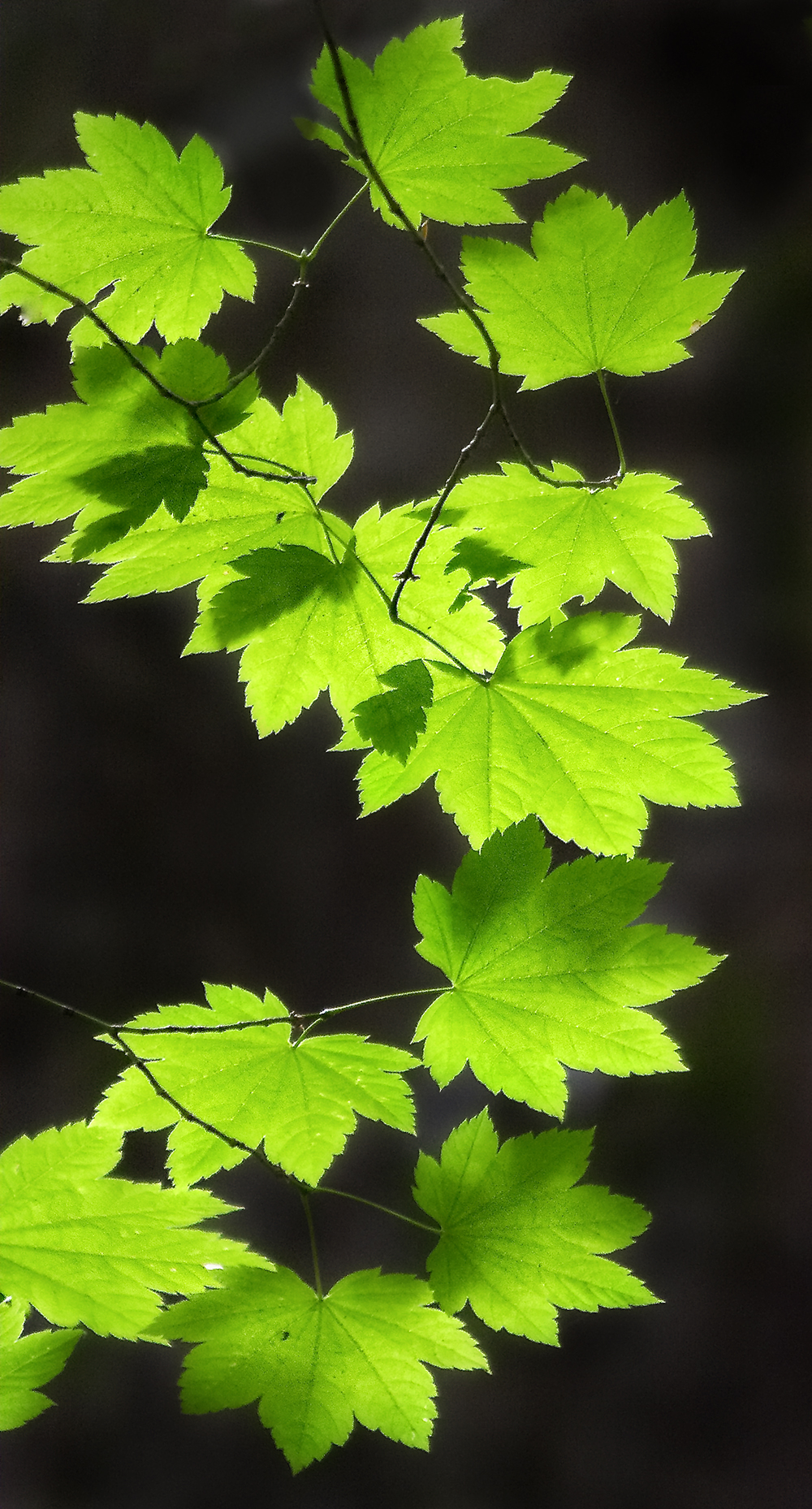

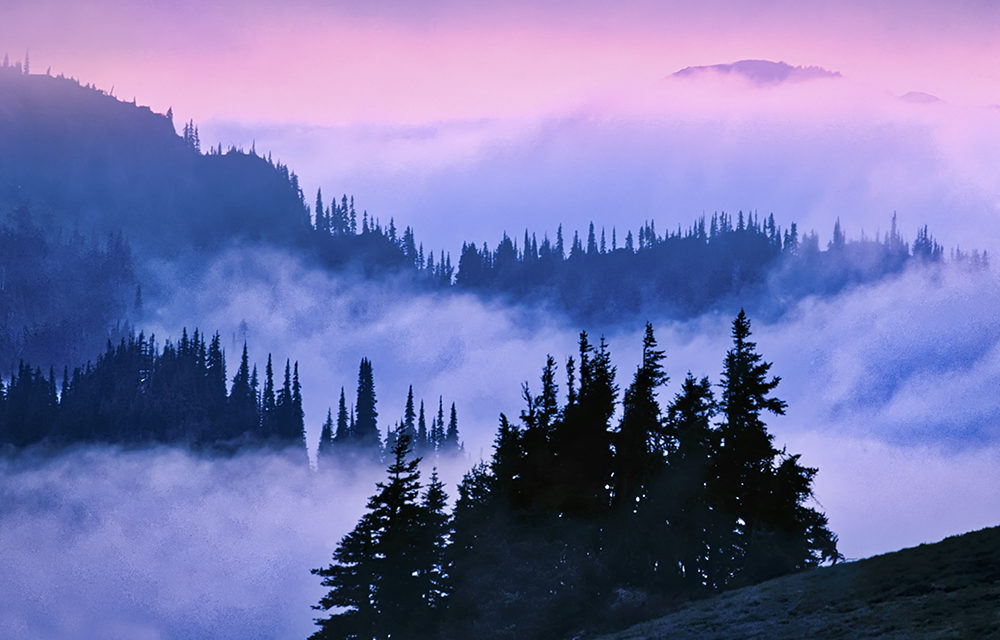
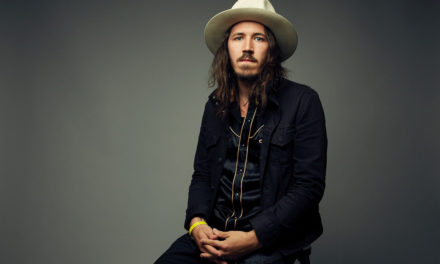
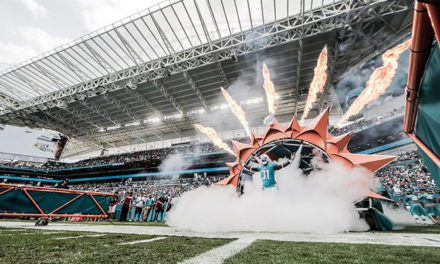

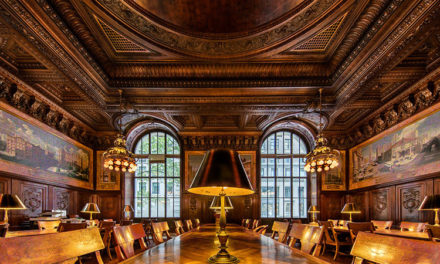

Thank you, Scott, for this post. I keep telling myself I’ll get over to the Olympics (and I live in Puyallup!!) but I just haven’t done it yet. You’ve given me some inspiration!
Hello! This post could not be written any better! Reading
this post reminds me of my previous room mate! He always kept chatting about this.
I will forward this write-up to him. Fairly certain he will have a good read.
Thanks for sharing!
An outstanding share! I have just forwarded this onto a friend who
was conducting a little research on this. And he in fact ordered me breakfast because
I discovered it for him… lol. So allow me to reword this….
Thank YOU for the meal!! But yeah, thanx for spending the time to discuss this issue here on your blog.
Haha you’re welcome! We hope you enjoyed the meal and we’re glad your friend enjoyed the article. 😀